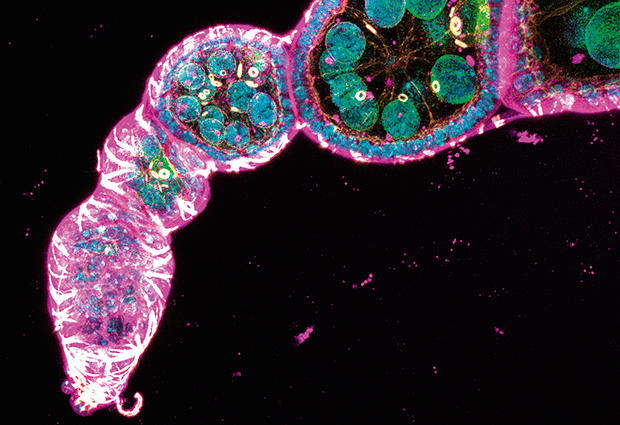
Miraculous microscopes: a brief history
It is impossible to imagine where cell biology would be without the invention of the light microscope. But what is now a complex network of lasers, optics and mechanics, started off as a simple brass plate, with a small glass sphere serving as an objective – while the only light needed was sunlight. And we have Dutch scientist Anton van Leeuwenhoek to thank for that.

Back in 1673 van Leeuwenhoek, then a curious young trader, began to take an interest in lens making – and from there, microscopes. Developing his ingenuously simple contraption to zoom in on the micro-world, he stepped into a completely different dimension, discovering what he called “animalcules” – or as we know them today, microorganisms.
Fast-forward two centuries, and Carl Zeiss, struggling with his lens-making workshop, decided to switch to microscope making. A collaboration with physicist Ernst Abbe provided the spark for microscopy to take another giant leap. Abbe postulated the Abbe sine condition, which had to be fulfilled by a lens to produce sharp, undistorted images. Calling in glass chemist Otto Schott, the trio put their heads together to design and build the first apochromatic objective – a powerful device allowing clearer images with minimal colour distortion – lenses that are still used in science today.
Developing his ingenuously simple contraption to zoom in on the micro-world, he stepped into a completely different dimension.
Abbe’s astonishing contribution to microscopy did not stop there. Crucially, he also defined the theoretical resolution limit of the microscope – roughly 100 times smaller than a human cell. This resolution limit held up for more than a century, until Stefan Hell, Eric Betzig and William Moerner smashed through the diffraction barrier to make super-resolution microscopy a reality.


